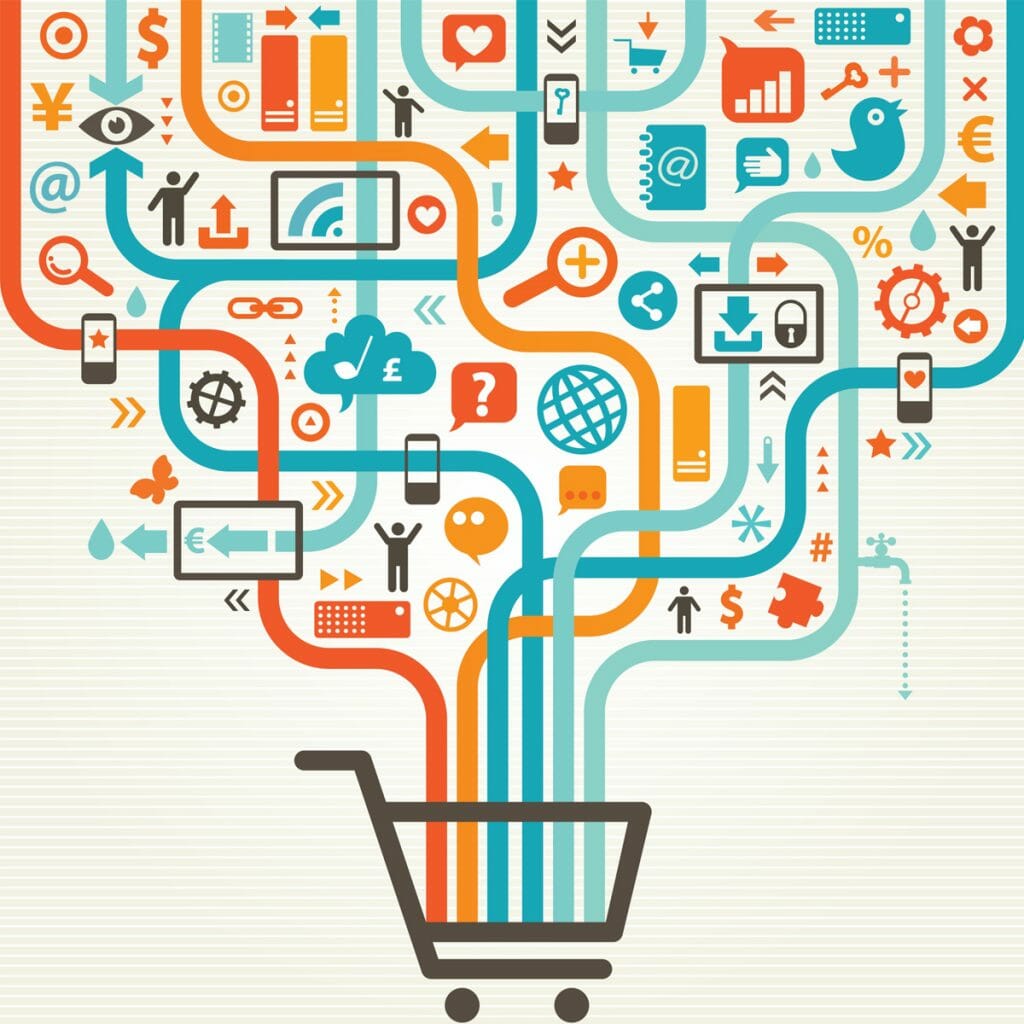As a way to increase data security for transaction, a new system that allows these transactions to occur automatically more securely and without an intermediary has been conceived. Blockchain or (Distributed Ledger Technology) was developed in the aftermath of the 2008 recession to deliver transparency, security, and efficiency in managing transactions between multiple parties. This concept is now being implemented or considered in many business models worldwide.
What really is Blockchain? In its simplest form, Blockchain can be described as a private, secure network that uses cryptography to keep exchanges secure, provides a decentralized database, or digital ledger, of transactions that everyone on the network can see.… Read the rest




